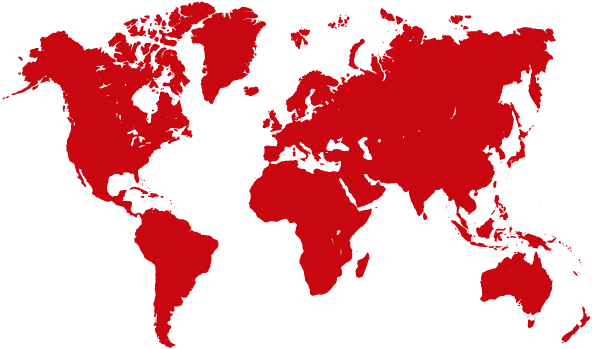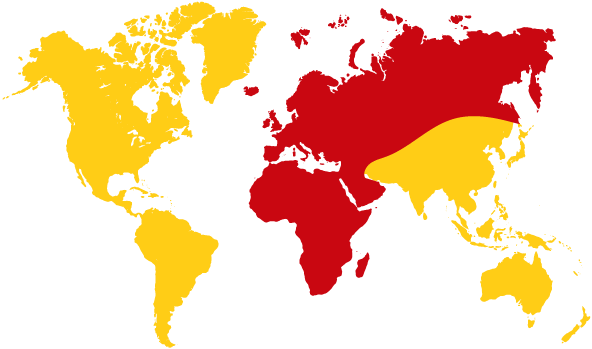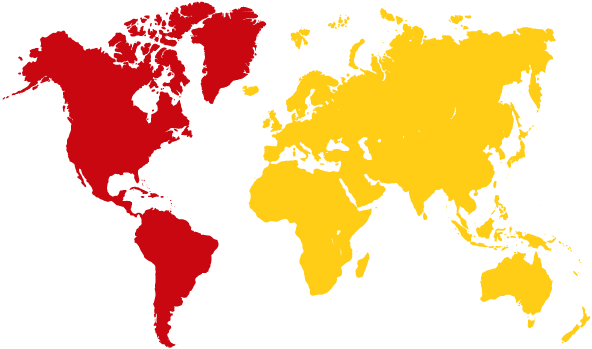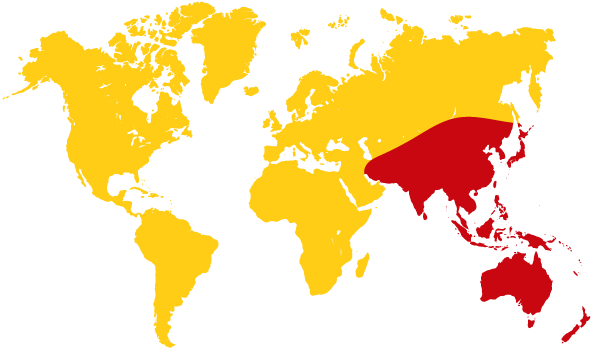The worst of Hurricane Irma is over, leaving damage in Florida’s Alligator Alley, after tracking through a string of Caribbean islands, killing at least 40 people and leaving more than 7.3 million without power.
The full story of Amateur Radio’s involvement in providing emergency communications during the disaster is now starting to emerge.
ARRL West Central Florida Section Manager, Darrell Davis KT4WX, was thankful for the four hand-held transceivers and one mobile transceiver that the ARRL had sent.
He said at the Hardee County Emergency Operations Centre the APRS data stations were very important for decision makers to allow fire and ambulance crews back on the road after the worst had passed.
A repeater went off due to power failure, but the ingenuity of radio amateurs listening to the repeater input and transmitting on the output maintained communications through the storm.
The SKYWARN Net was active gathering severe weather reports, and Florida’s Statewide Amateur Radio Network (SARnet) was running a coordination and assistance net to help communicate between the Emergency Operation Centres.
The Hurricane Watch Net (HWN) remained in operation on 14.325 MHz (day) and 7.268 MHz (night). Manager Bobby Graves KB5HAV is expecting it to be busy collecting post-storm damage reports, and handling health-and-welfare, emergency, and priority traffic.
Throughout the Caribbean there was involvement by radio amateurs in not only Irma, but the following Hurricanes Katia, and Jose. Preceding them was Hurricane Harvey.
The VoIP Hurricane Net tracked both Irma and Katia, which made landfall on the coast of south-eastern Mexico.
The Red Cross asked for communications assistance on Saint Maarten, with Tom Braam PJ2DD volunteering with a Pactor HF station and nine VHF/UHF handheld radios. Emergency Stations with the callsigns FG8RO and FG4NN are expected to be on air.
The weather systems smashed through Barbuda on Wednesday, the tropical paradises of Saint Barts and Saint Martin, the US Virgin Islands, Puerto Rico, the Dominican Republic, Haiti and the Turks and Caicos.
Carlos Alberto CO2JC of Cuba has reported involvement in the disaster. Cubans in coastal towns on the Camaguey archipelago faced a Category 5 storm uprooting trees and power lines, and blowing off rooftops.
Puerto Rico Public Information Coordinator Angel Santana WP3GW reported that the storm had not left a lot of damage, some trees were down and while electricity remained, water supply was difficult.
Other areas in the path of the Hurricanes were expected to see emergency communications by radio amateurs in response to the disasters.
— Jim Linton VK3PC, Chairman IARU Region 3 Disaster Communications Committee



